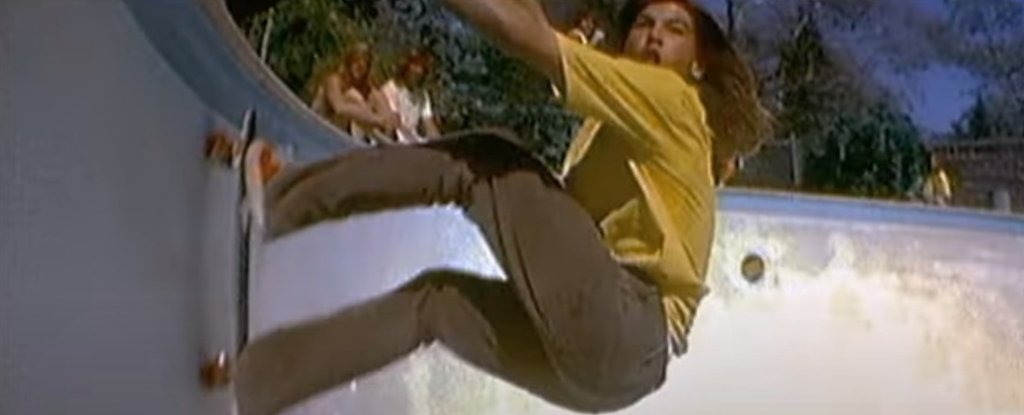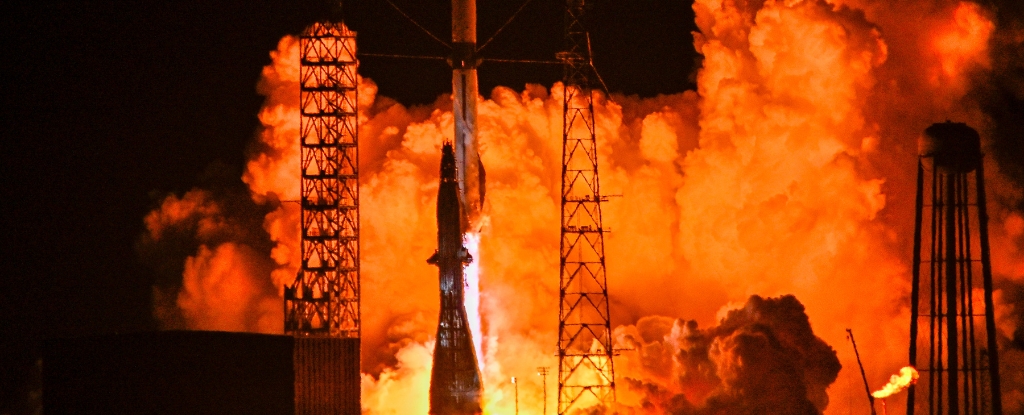A thriving surf scene and a drought in Southern California set the stage for the rise of professional skateboarding in the 1970s.
This was not a coincidence but the result of complex relationships between people and climate, a new study says, and it couldn’t have happened anywhere but California.
The annual construction of around 20,000 new curved wall pools, mandated water conservation, and advances in technology like digital photography and industrial polyurethane all contributed to skateboarding’s boom in popularity.
Surfers turned the empty pools into skateboarding havens, which started a new trend in LA in the late ’70s.
Around five decades later, skateboarding is a multibillion-dollar global industry. As the international research team explains in their new paper, it’s a modern example of how small changes in the environment can have big effects on society, reshape cultural norms, and lead to new kinds of innovation.
“The popularity and influence of surf culture was completely vital to the rise of skateboard culture, which is why it could have only happened in southern California,” says geographer Ulf Büntgen from the University of Cambridge in the UK.
“You could have had the same drought, the same pools in somewhere like Phoenix, but since Phoenix doesn’t have an embedded surf culture, professional skateboarding couldn’t have originated there.”
The 2001 documentary Dogtown and Z-boys inspired Büntgen and his colleagues to look into how various environmental, technological, and social factors interacted to turn a local trend into a global subculture and industry.
frameborder=”0″ allow=”accelerometer; autoplay; clipboard-write; encrypted-media; gyroscope; picture-in-picture; web-share” allowfullscreen>
The 1950s saw a large growth of surf culture in California, which had an impact on music, fashion, and way of life from San Diego to San Francisco. The Surfer magazine, founded in 1962, became a global surf culture icon. At the same time, polyurethane production transformed sports equipment, including – later on – skateboard wheels.
An economic boom in the 60s saw more than 150,000 pools were built in California, mostly in the LA area. But when a decade of prolonged dryness, culminating in the drought of 1976/77 led to agriculture losses and water conservation laws, water-saving efforts included emptying pools.
“Our study shows that local climate triggers can have unexpected, and major, impacts on human society, and not all of them are negative – in this case, a drought in California led to the development of a huge industry,” Büntgen says.
With the establishment of the Zephyr team in Santa Monica’s ‘Dogtown’ neighborhood near the now-famous Venice Beach, freestyle skateboarding – which began as a pastime for teenagers – evolved into amateur halfpipe skating.
Analysis of the covers of Skateboarder magazine from 1975 to 1978 revealed how quickly skateboarding evolved. The authors state skateboarding was relatively simple in 1975 , pointing out a cover featuring Gregg Weaver on a flat board designed for freestyle and streetstyle skating. By 1976, Tony Alva was displaying advanced skills in the ‘Soul Bowl’.
Paul Hackett’s gravity-defying tricks propelled the sport to new heights in 1977, followed by impressive feats by Steve Olson at the Del Mar Skate Ranch in 1978. And Eddie Elguera’s 1979 cover coincided with the global emergence of vertical skateboarding, which eventually surpassed streetstyle and freestyle.
During the ‘Golden Age’ of skateboarding in the ’70s and ’80s, prominent brands like Powell Peralta, Vision Street Wear, and Alva were established. The Golden Age produced global stars like Tony Hawk, Danny Way, and Tony Magnusson, propelling skateboarding into the international spotlight.
As handheld digital cameras became popular, skateboard videography began. Iconic skateboarding films like Bones Brigade from 1984 further contributed to the scene’s growth.
The sport’s influence spread to Europe, with events like the Münster Monster Mastership in the 1980s. That event became the first World Cup in 1989 and the first official World Skateboarding Championship in 1990.
The X-Games, established in 1994, and the arrival of skateboarding at the 2021 Tokyo Olympics has since solidified skateboarding’s impact on worldwide subculture, such as hip-hop music and streetwear fashion. Skateboarding’s influence even extends to snowboarding, once known as ‘snurfing’ but rebranded in the tail of late 70s skateboarding mania.
“When you look a bit deeper, it confirms our thinking that climate and environmental factors deeply influence society,” Büntgen explains.
“These developments are not random – in the case of skateboarding, you needed each one of the ingredients to exist in the same place and time. It couldn’t have happened ten years earlier, ten years later, or a few hundred miles away.”
As their investigation shows the analytical power of modern and maybe surprising examples in understanding the human-climate connection, Büntgen and team hope it inspires more interdisciplinary research.
The study has been published in PNAS Nexus.





